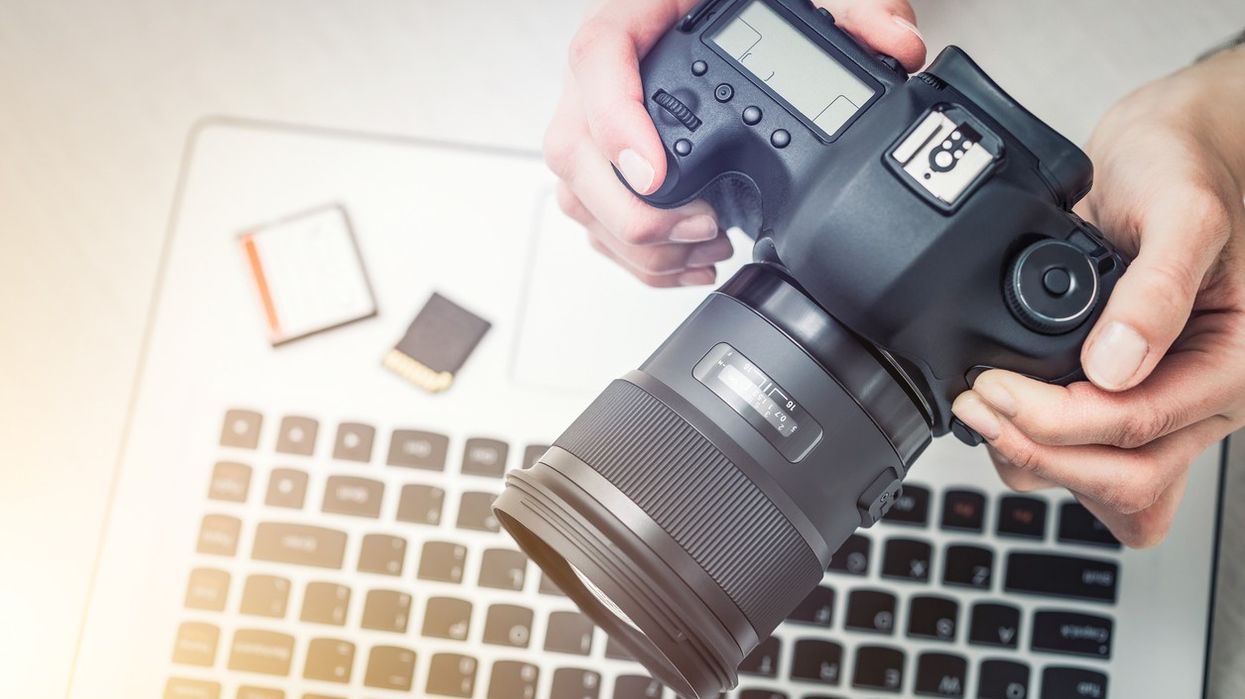Harder, Better, Faster, Stronger: How to Create an Efficient Editing Workflow
Ah yes, the sexiest topic in film production: workflow.

If you don't have a streamlined post workflow, you can kiss efficiency and your sanity goodbye. Seriously, one of the best ways to make your life easier in post-production is by maintaining a well-organized workflow, one that not only allows you to work faster but one that also allows you to work smarter so you're not losing great shots and perfect takes in the chaos of post. In this video, Matti Haapoja of TravelFeels shares some insight on how to create and maintain an effective editing workflow by walking you through his process from start to finish.
Haapoja shared a lot of great tips in the video, but here are a few takeaways for you to let marinate.
Create a master project file
In order to streamline your workflow, you really need to have well-organized files. Create a master project folder on your computer, preferably on an external hard drive, where you can store all of your media and assets. Haapoja's includes folders for footage, graphics, project files, renders, and sound, along with sub-folders within them so you can further organize your media more specifically. You obviously don't have to do it just like this; you should really construct your master project folder according to your needs as a filmmaker. For my work, I use two sets: one for narrative projects and one for documentary-style projects, with one of the main differences being the way I organize footage. My narrative projects look similar to Haapoja's, but for my doc work, I like to arrange my footage sub-folders according to topic, interviewee's name, or even the date of capture. It really depends on the project.
Keep your media organized within your NLE
What's the point of having super organized files on your computer when the bins within your NLE are funked to the max? I like to mirror my bins to the ones in my master project folder, that way the process of storing and locating media is always the same and I end up working a hell of a lot faster.
Metadata is your friend
Okay, it suuuuuuucks and it takes foreeeeeever, but creating metadata for your clips will save you a lot of time and stress later on in the editing process. You don't have to go crazy with it and make notes on every shot, but if you know you really liked a certain take or hated a certain take or whatever, add some metadata so you can be reminded when you're sitting down to edit. (12 years ago I was doing this for mini-DV footage. It was no joke.)
There are many other things to consider when creating a workflow for post-production, but there are also going to be things that you really can't plan for. The more you work the more you'll know what your workflow needs, but keep this in mind: once you establish a damn good workflow, try not to change it too much. Consistency results in speed and efficiency and at the end of the day, it's every editor's dream to have those things go hand-in-hand with quality.
Source: TravelFeels
















